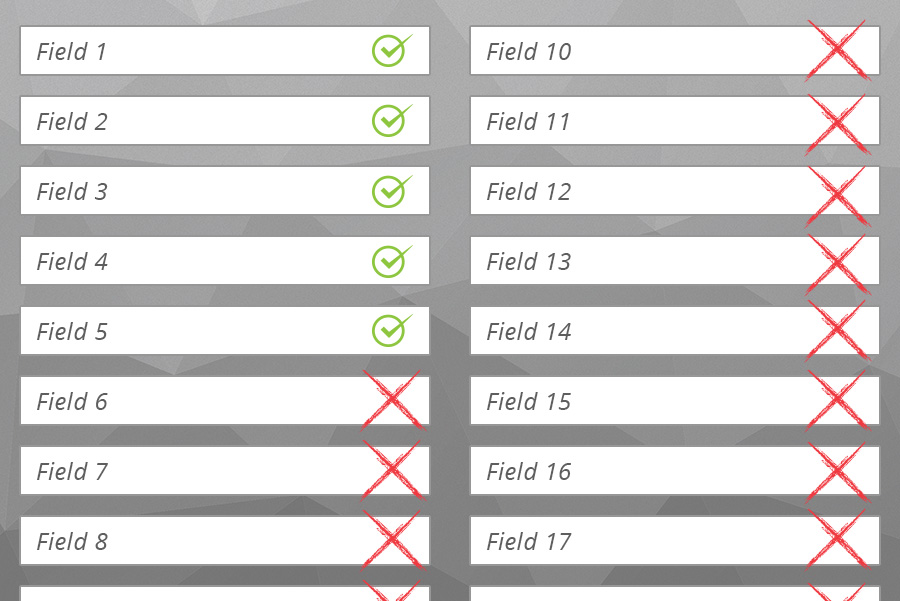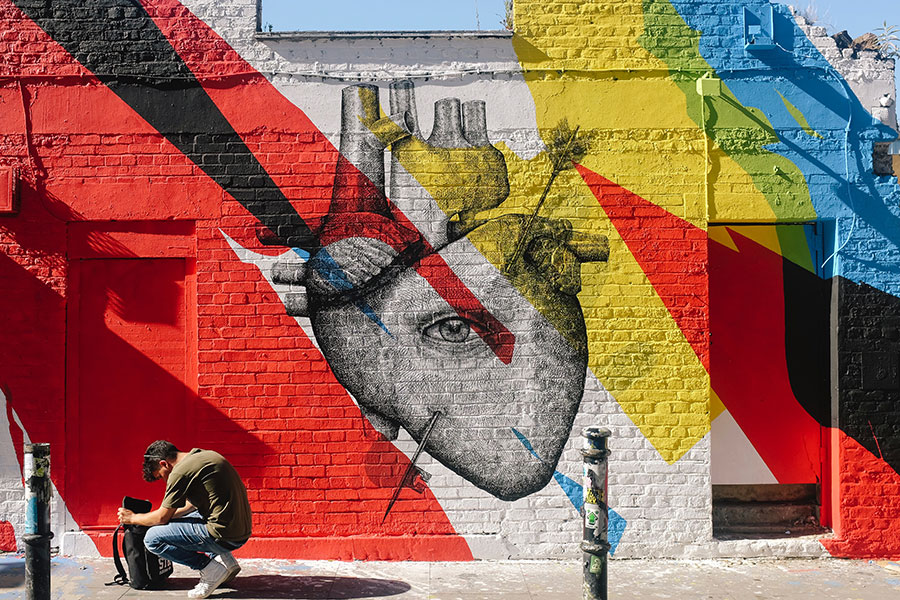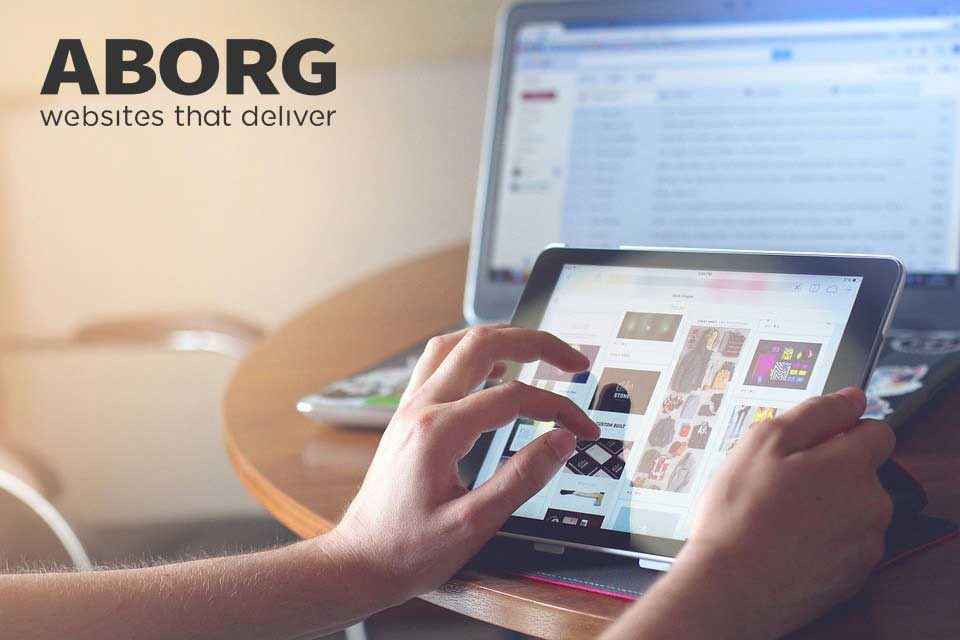2017 Web Trends – What Can We Expect?

3 Ways Your Contact Form Might Be Killing Your Conversions
November 24, 2016Shopify Vs WooCommerce – What’s Best For Your Business?
February 3, 2017With 2016 wrapping up and the world quickly moving into 2017, our minds can’t help but start wandering and wondering about what exciting possibilities the new year will bring. The world of digital marketing is no exception. Online trends come and go, and some long-time running ones like responsive design are here to stay – and that means it’s no longer really a trend, more of an expectation.

Speaking of expectations, clients have a lot of them! Like any good entrepreneurs or project-managers, they do their research, and they know what they want; or at least they think they do. Our job as designers, developers and marketers is to manage these expectations and present to them the most relevant and best possible solutions to their problems. So, how do we sort out fluff from the good stuff? Well, for starters we keep an open ear to the market’s buzz and chatter about all the hot topics.
What we’ll see more of:
Hero Images
Hero images are generally described as large header background images that take up the entire, or a majority of the fold. They are usually accompanied by powerful marketing messaging and the main call-to-action. It’s gaining popularity with single-page websites, or to promote featured posts. Some companies still have difficulty abandoning the outdated notion of the fold. Truth is, the fold doesn’t really exist anymore – your website will adapt to each device differently, and with hundreds of different devices and resolutions available, you can’t account for them all. Hero images are quickly replacing sliders and carousels for their simplicity and efficiency in communicating one clear marketing message.

Video Backgrounds
Designers are also opting for more originality by using custom videos instead of plain background images. As opposed to Hero background images, custom videos can really set you apart from the competition. They can be engaging, mesmerizing and educational, but they can also affect your site’s loading times. Good-practice is to compress a small video into a common web format to reduce the file size, therefore, load time. We saw more and more pages using video backgrounds in 2016, and it looks like the sky is the limit for this hot trend, right now.
Gritty, Unfiltered, Raw Images
Getty Images reported a huge rise in searches for unfiltered, gritty, more documentary-style photos in the past year. The antithesis of shiny and pretty advertising, unfiltered imagery creates a dynamic and engaging new method of storytelling that cuts through the B.S. of social media, and consumers (especially millenials) and brands are starting to buy in.

Interactive Storytelling
Storytelling in design can be described as the use of custom, original content, animations, images or layouts that capture the imagination through emotional manipulation. We’ve all seen the powerful, tear-jerking ads that have nothing to do with banking or insurance, yet somehow manage to create a very powerful human response. The same can be achieved on the web, but is it really necessary? Many businesses are opting for more interactive websites via parallax scrolling, but for others, that use of time and money could be better spent. Only time will be the true test of this trend.
Mobile-focused Websites
Because we engage in mostly business-to-business, we believe the majority of our clients interact with our products via desktop computers, and getting the clients engaged with the design of their site is important. We typically present the desktop version to the client, with all the headers, images, and call-to-actions first. Of course, everyone is different, and many client-facing businesses choose to follow the trend of starting small, and working their way up. As long as the end-result pleases all parties involved, including the end-user, everyone wins! Will we see more agencies choosing to develop mobile-first in 2017?
Custom Illustrations
Custom illustrations are making a big comeback. Ever since the adoption of the grid layout and the ever-present popularity of premium themes, cookie-cutter sites have dominated the landscape for a long-time, but we see things changing in the near future. Right now, websites everywhere are using carousel headers or sliders, simple flat-icons and generic layouts. That’s not always a bad thing, because users have come to accept and maybe even expect a certain esthetic and standard look-and-feel of how websites “should be”. That being said, businesses who want to have simple layouts for easy navigation, but also need to separate themselves from the pack are finding new, creative ways to do it, and custom illustrations do exactly that.
What we’ll see less of:
Stock Photography
Bad stock photography is everywhere! Your brand is reflected in your website, and your web design choices can affect how potential clients view your business. Poorly chosen stock images can make your products or offerings look outdated and unappealing. We think 2017 will be a big year in custom photography, or at least, well-chosen, curated photos.
Carousels and Sliders
As we mentioned in a previous post, the overuse of sliders and carousels is very bad practice. For starters, it’s bad for SEO. It also takes up a lot of room and tries to promote too many different things, diluting your messaging and your offerings. It’s slow to load. Recent studies also show that only 1% of people interact with them as well, making it a terrible choice if you want a quality user experience.
Parallax Scrolling
Too many scripts, effects, animations and general razzle-dazzle can potentially slow your site down to a crawl. While aesthetically pleasing (in most cases), parallax scrolling is fairly useless, and a case can be made for whether or not it provides any positives at all.
Splash Pages
Splash page dates back to the early web, and while it can serve a purpose for some corporate websites, it’s definitely an outdated tool.
While predicting trends is not exactly a science, we can definitely see an evolution of existing patterns, and use that to make the best educated guesses. Is your site still using a lot of items from that second list? 🙂 Not to worry! ABORG can help bring your website out of the Dark-ages. Contact us now to get started!



